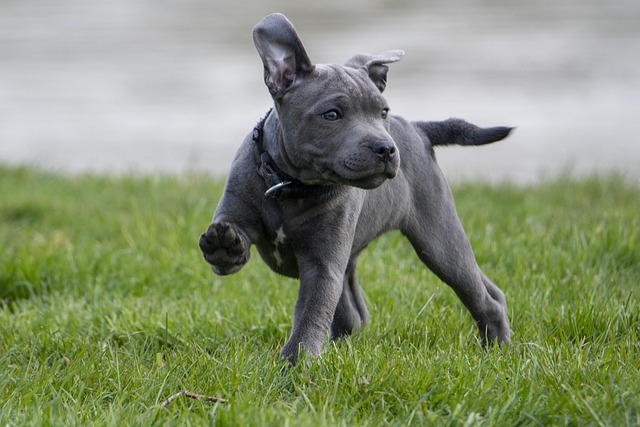
How do i train my dog to be obedient?
Watching your dog dart across the park ignoring your calls isn’t just frustrating—it can put them at risk near busy streets or public spaces.
Dog aggression toward owners can show up in many ways—low growls when you reach for their bowl, snapping during grooming, or stiffening up before a nip. It’s scary, but it almost always stems from fear, confusion, or feeling threatened, not malice. The first step is to slow down and start noticing patterns. Does it happen when they’re eating? When you move their bed? Keeping a simple log of when the aggression starts can help you spot triggers, which is half the battle. Just remember, reacting with anger or punishment often makes it worse—dogs don’t connect scolding with their past actions the way we do, so it might make them more anxious around you.
Building trust back starts with small, consistent actions. Try offering treats from an open palm instead of a closed fist, letting them come to you rather than reaching for them. This teaches them that your presence means good things, not stress. During calm moments, practice short, positive interactions—like gentle pets on their chest followed by a favorite toy. Keep sessions brief, especially if they’ve been aggressive lately; you want them to end on a good note. It’s also smart to respect their space when they need it—if they walk away, let them go. Pushing them to interact when they’re uncomfortable can set you back.
 Understanding body language is key here. A dog showing aggression often gives warning signs before things escalate: a tucked tail, flattened ears, or a rigid stance. Learning to read these cues lets you pause and adjust before tension builds. For example, if you notice them stiffening up when you grab their collar, try using a harness instead—something that feels less restrictive. You can also try redirecting their focus with a command they know well, like “sit,” when you sense things might get tense. Rewarding them heavily for complying turns a potential conflict into a chance to succeed.
Understanding body language is key here. A dog showing aggression often gives warning signs before things escalate: a tucked tail, flattened ears, or a rigid stance. Learning to read these cues lets you pause and adjust before tension builds. For example, if you notice them stiffening up when you grab their collar, try using a harness instead—something that feels less restrictive. You can also try redirecting their focus with a command they know well, like “sit,” when you sense things might get tense. Rewarding them heavily for complying turns a potential conflict into a chance to succeed.
Consistency in your own behavior matters more than you might think. Dogs thrive on routine, so mixed signals—like allowing them on the couch one day but scolding them for it the next—can leave them confused and more likely to lash out. Set clear, simple rules and stick to them, using praise and treats to guide them toward good behavior.
In some cases, aggression has deeper roots—past trauma, pain, or even medical issues. If your dog’s behavior feels unpredictable or gets worse despite your efforts, reaching out to a certified animal behaviorist or a vet who specializes in behavior is a good move. These professionals can create a plan tailored to your dog’s needs, and many areas require such experts to follow specific guidelines, so you can trust their methods are safe and effective. Never hesitate to ask for help—there’s no shame in wanting the best for your dog, and getting professional support can speed up progress.
Watching your dog go from tense and reactive to relaxed and trusting takes time, but every small step counts. By staying patient, learning their triggers, and focusing on positive reinforcement, you can rebuild that bond. Remember, aggression is a sign they’re struggling—not being “bad.” With the right approach, you’ll both feel safer and happier, one calm interaction at a time.

Watching your dog dart across the park ignoring your calls isn’t just frustrating—it can put them at risk near busy streets or public spaces.

New puppy owners often find themselves rushing to clean up accidents before they set in, and that’s where puppy pad training becomes a game-changer.

If you've noticed your dog's waistline disappearing and your veterinarian has mentioned those few extra pounds, your first instinct might be to simply reduce the amount of food in their bowl.

Training a dog to use a designated spot indoors isn’t as daunting as many new owners fear, but it does take consistency and an understanding of your pet’s needs.

That moment of dread on a walk is all too familiar for many new dog owners. You see another dog approaching down the sidewalk of your neighborhood

If the sight of another dog on your neighborhood walk makes your heart sink as your own dog erupts into a frenzy of barking and lunging, you're not alone.